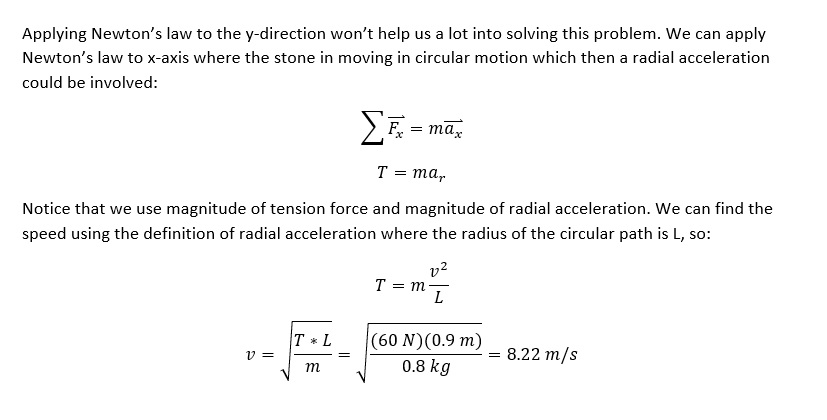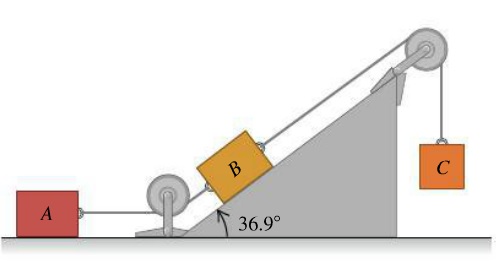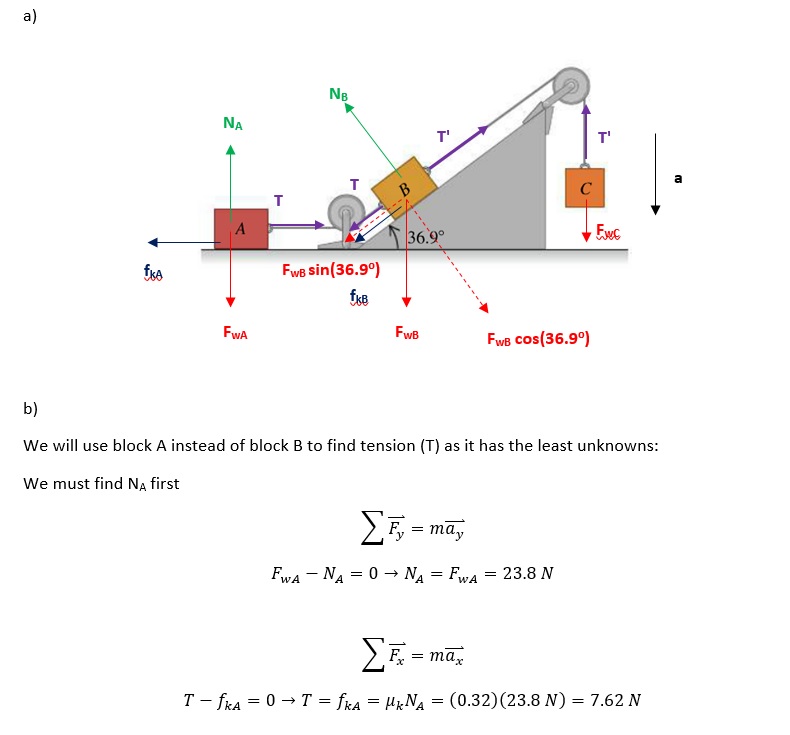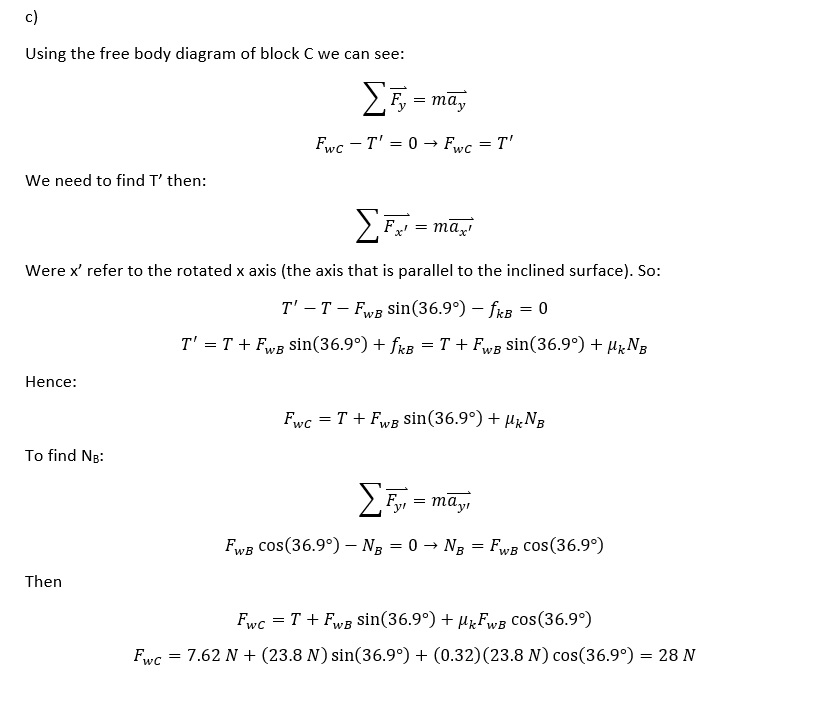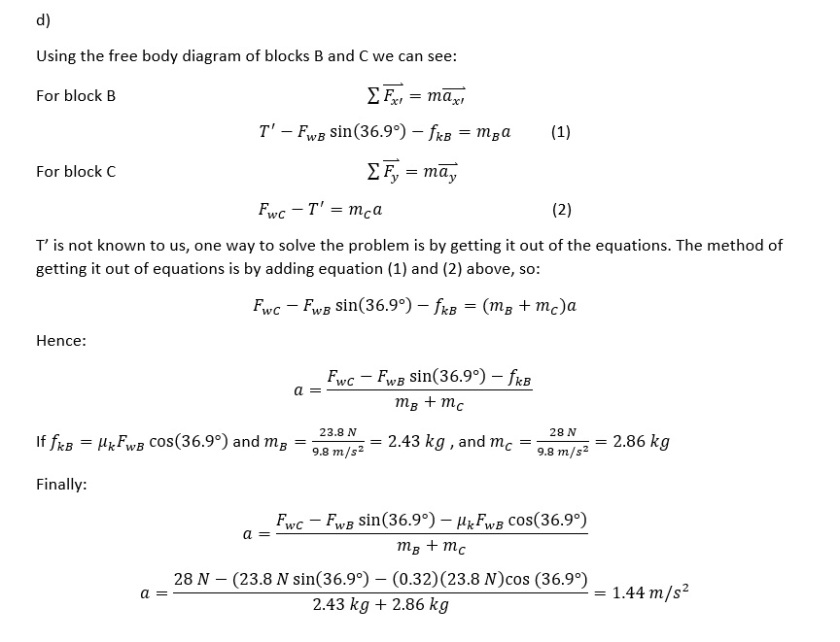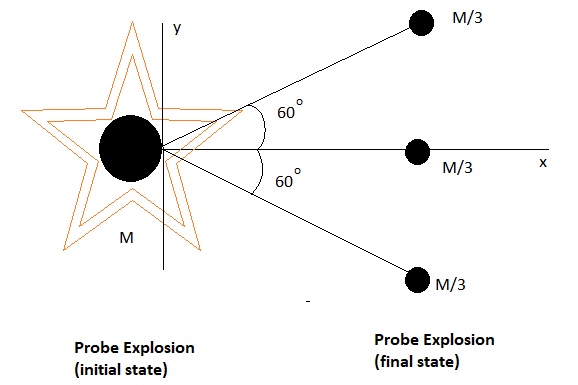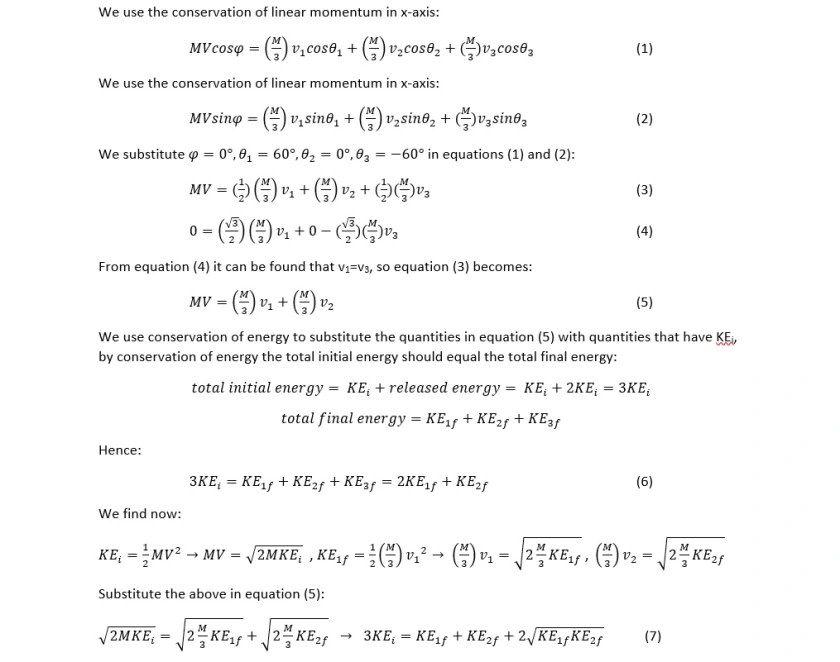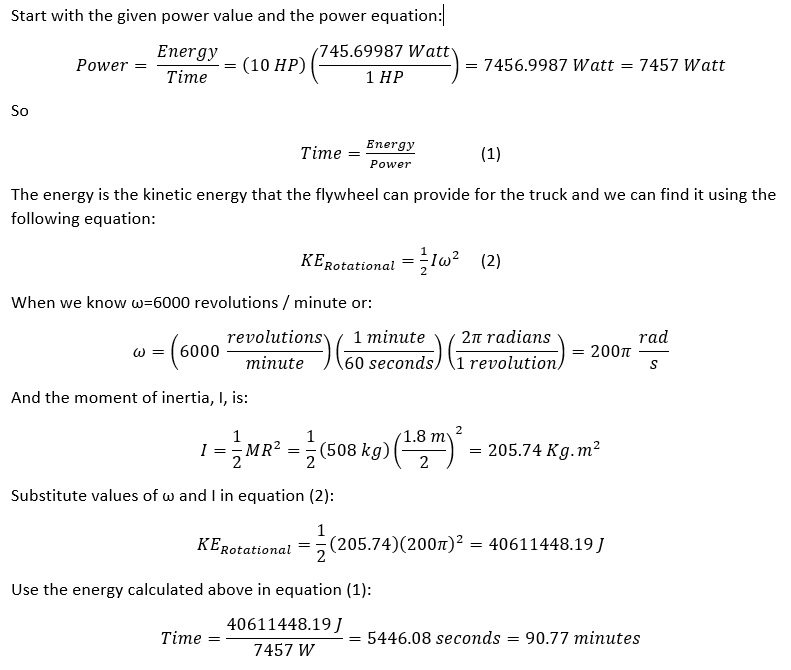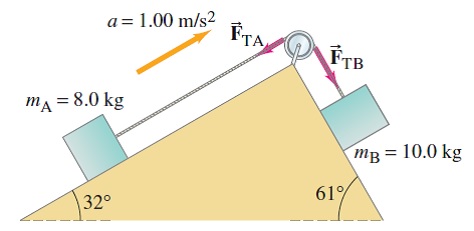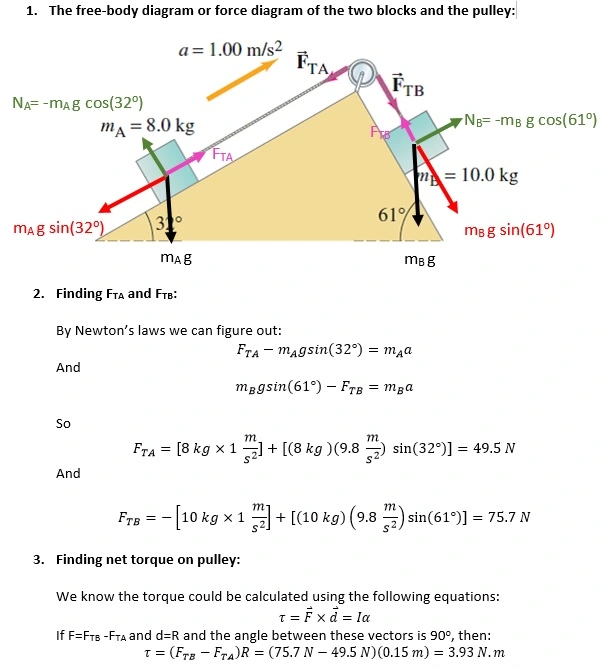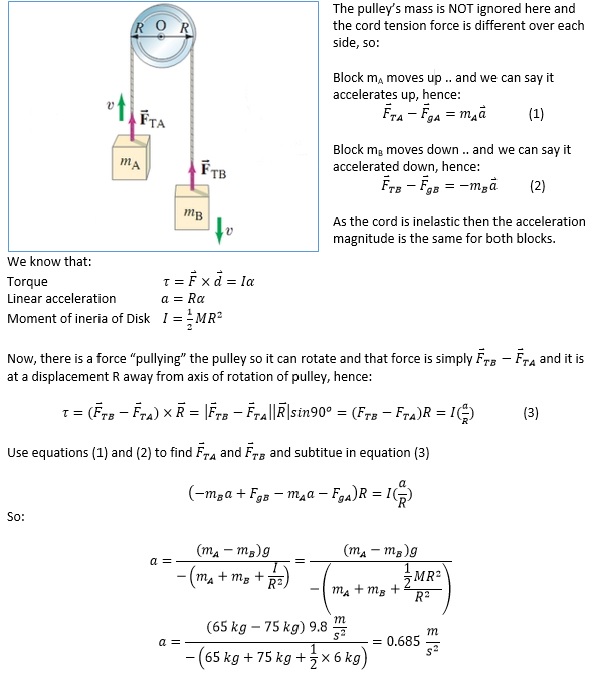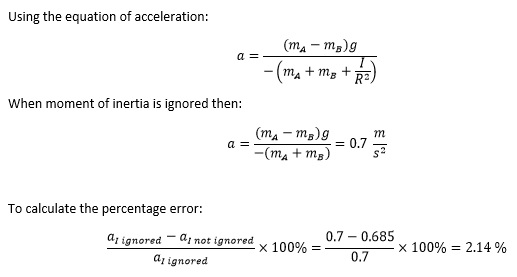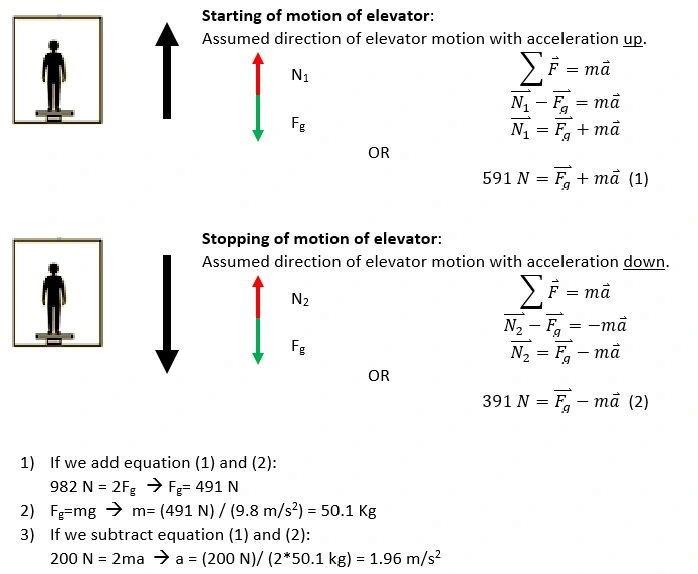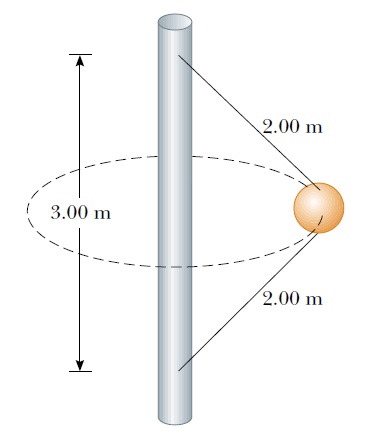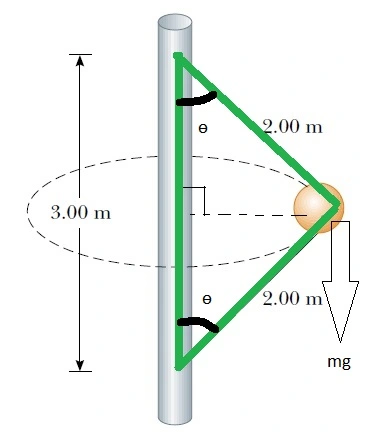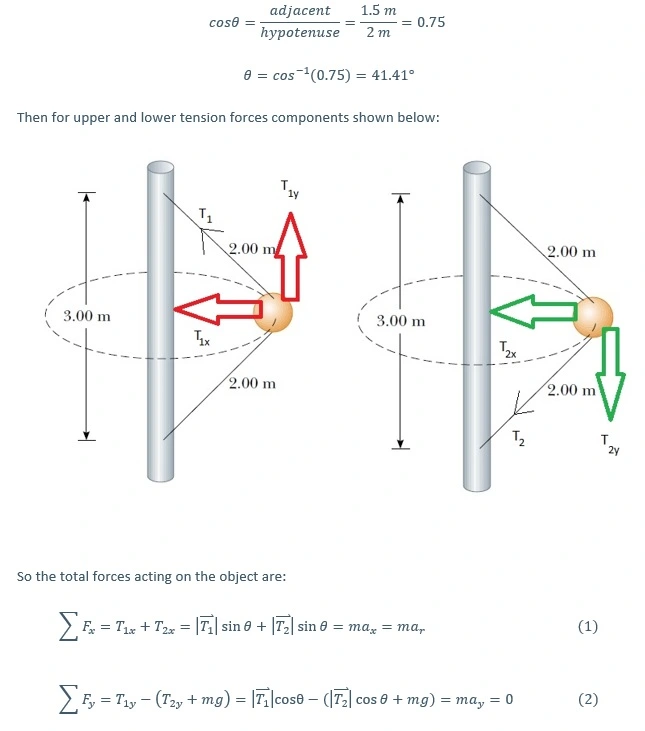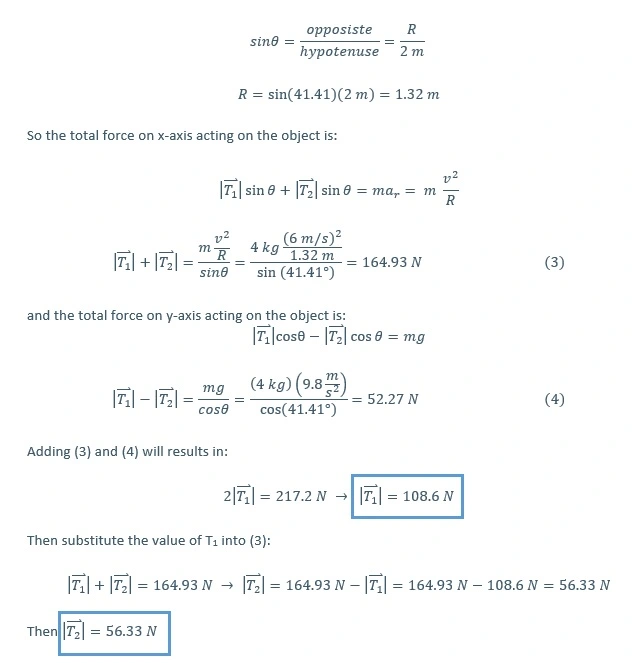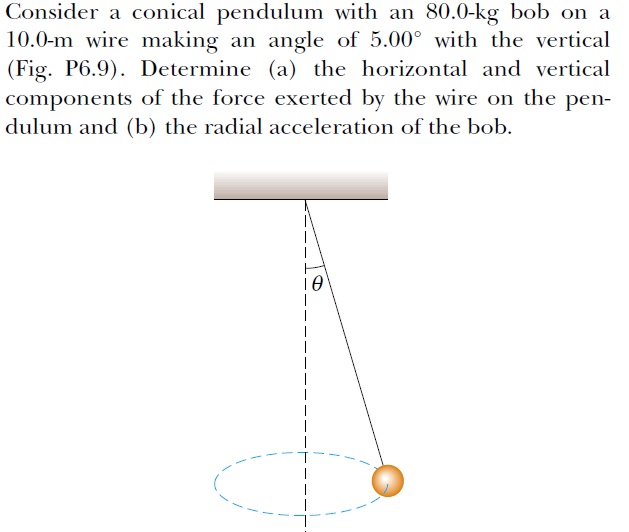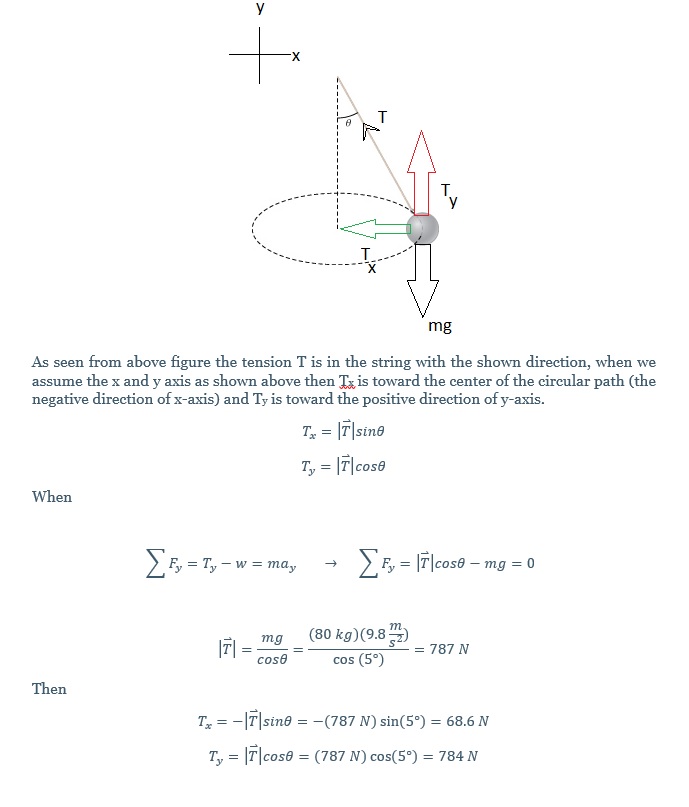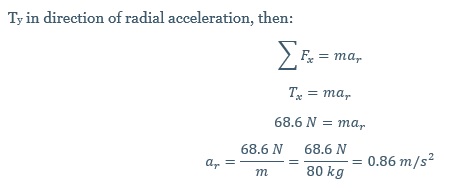Two wheels of different radii (large wheel of radius R and small wheel of radius r) rotate by the aid of a belt. The belt move with constant speed. If we assume no friction in the system then:
A) Find the relation between angular speeds of points X and Y.
B) Find the relation between angular speeds of points X and Z.
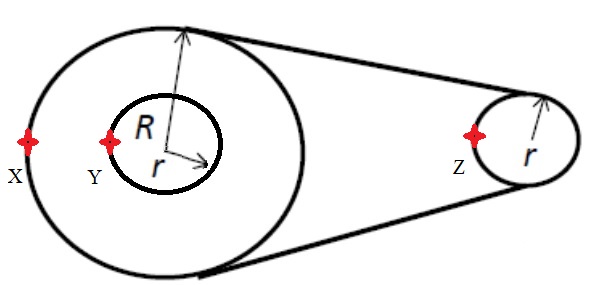
Analyze the problem:
It is a basic rotational motion problem so we will assume angular speed and its relation with linear speed.
What are the given information?
- Radius of the large wheel = R
- Radius of the small wheel = r
- The belt move with constant speed.. this is the linear speed at the rim of the large and small wheels.
What are the needed information?
- How angular speed of point x relates to angular speed of point y.
- How angular speed of point x relates to angular speed of point z.
SOLUTION:
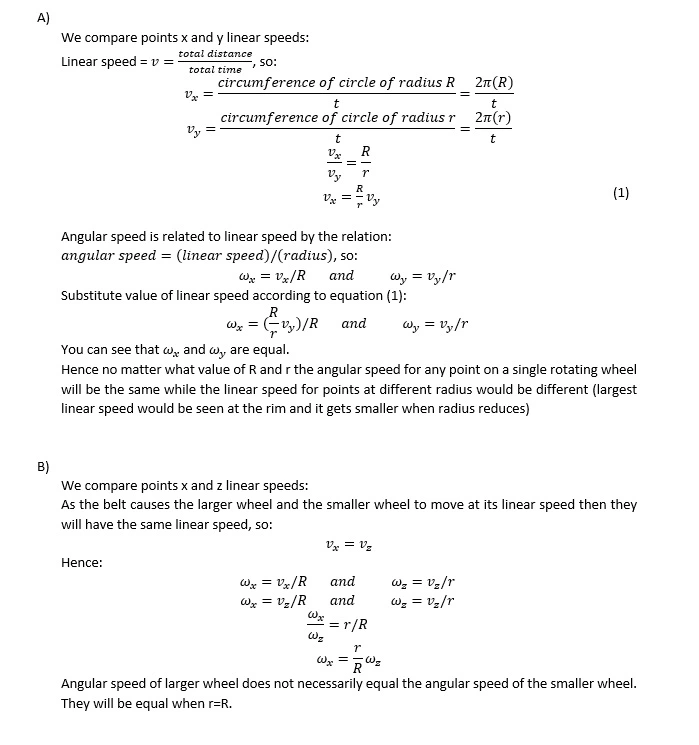
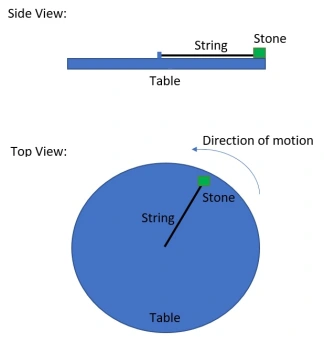
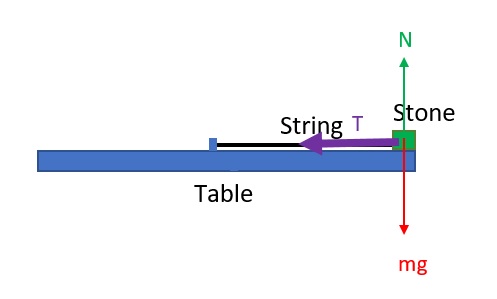 b)
b)